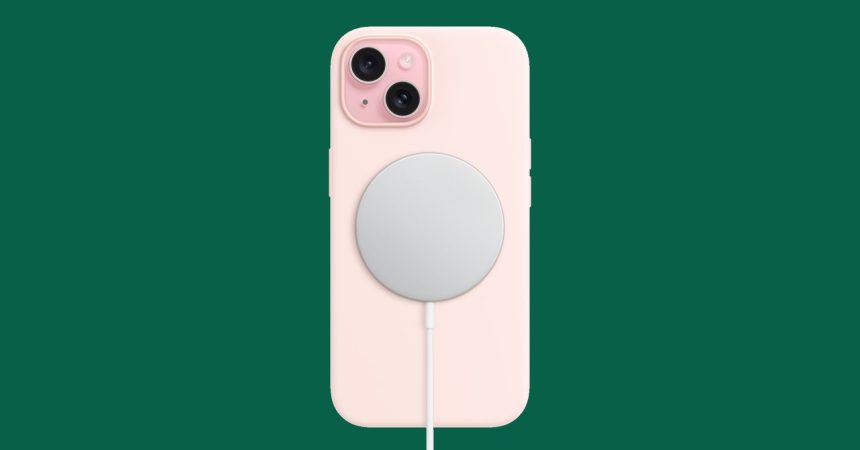The advent of Qi2, the successor to the Qi wireless charging standard, promised a new era of seamless and efficient power delivery for mobile devices. Conceived by the Wireless Power Consortium (WPC) with Apple’s collaboration, Qi2 leverages the magnetic alignment technology of Apple’s MagSafe, dubbed the Magnetic Power Profile (MPP). This crucial feature ensures perfect alignment between device and charger, eliminating the frustrating fiddling and misalignment issues that plagued earlier wireless charging experiences. Furthermore, this precise alignment paves the way for faster charging speeds, a welcome improvement for power users. While the promise of Qi2 was enticing, the reality of its rollout has been less than stellar.
A key point of confusion surrounding Qi2 is the existence of a parallel standard called the Extended Power Profile (EPP). While EPP also supports wireless charging, it lacks the magnetic alignment crucial to Qi2’s functionality. Crucially, EPP-compliant devices are not officially designated as Qi2 compatible and cannot bear the Qi2 logo. Only devices incorporating the Magnetic Power Profile can legitimately claim the Qi2 moniker. This distinction is vital for consumers seeking the benefits of magnetic alignment and faster charging. The WPC emphasizes that genuine Qi2 devices always feature magnets, a clear differentiator from EPP-only devices. This differentiation helps clarify the somewhat muddled landscape of wireless charging standards.
Despite the initial fanfare, Qi2 adoption has been surprisingly slow. As of August 2024, a mere handful of devices officially support Qi2. This sluggish adoption, notably absent from flagship phones by industry giants like Google and Samsung, raises concerns about the future of the standard. Compounding this issue is the unexpected incompatibility between some Qi2-certified devices and older Qi chargers. This backward compatibility issue, counter to initial expectations, further complicates the transition to Qi2 and potentially discourages wider adoption. The hope of a unified wireless charging ecosystem remains elusive.
One of the key selling points of Qi2 was its touted backward compatibility. Ideally, Qi2 chargers should be able to power older Qi devices, and Qi2-enabled devices should be chargeable on older Qi chargers, albeit at potentially slower speeds. However, real-world testing has revealed a less optimistic scenario. While Qi2 chargers generally function well with older Qi devices, some Qi2 devices, like the HMD Skyline, have demonstrated incompatibility with certain older Qi chargers. This unexpected hurdle undermines the seamless transition envisioned by the WPC and adds a layer of uncertainty for consumers investing in Qi2 technology. The lack of consistent backward compatibility raises concerns about the interoperability of the wireless charging ecosystem.
The slow rollout of Qi2 and the surprising incompatibility issues paint a concerning picture for the future of the standard. While the potential benefits of magnetic alignment and faster charging remain attractive, the lack of widespread adoption and the backward compatibility problems hinder Qi2’s potential. The absence of Qi2 support in major flagship phones from leading manufacturers like Google and Samsung casts doubt on its ability to become the universal wireless charging standard. Unless these issues are addressed swiftly, Qi2 risks becoming another promising technology that fails to achieve mainstream adoption.
The slow uptake of Qi2 and the unexpected incompatibility problems underscore the challenges of transitioning to a new technology standard, even one with clear advantages. The promise of a unified, efficient, and user-friendly wireless charging experience remains tantalizingly close, yet frustratingly out of reach. The future of Qi2 hangs in the balance, dependent on broader industry adoption and a resolution to the compatibility issues. Until then, consumers are left navigating a fragmented and somewhat confusing wireless charging landscape. The hope for a truly universal and seamless wireless charging standard persists, but the realization of that vision remains uncertain.



